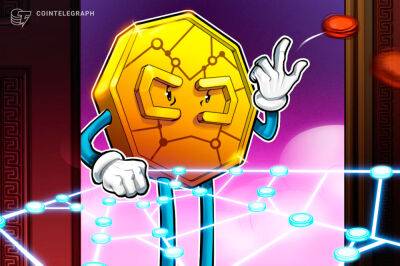Stablecoins Looking Distinctly Dicey, Wend Wobbly Way Into The Unknown
Cryptoverse: Stablecoins wend wobbly way into the unknown
Stablecoins, the safe and strait-laced cousins of crypto, are looking distinctly dicey.
Tether, USDC and others lost their prized pegs to the dollar last week in a bout of market mayhem that shook faith in these coins that were designed to sidestep crypto volatility. But was it an isolated outburst, or are they losing their soul?
Major stablecoins swung between roughly $0.95 and $1.02 last week, according to data provider Coinmarketcap, after having maintained their peg to within a cent previously in 2022.
It's not the first time they've hit the wobbles, though.
Both Tether and USDC - the two largest - have experienced less publicised bouts of volatility in previous years, at times rising to as much as $1.01 in 2021 and falling to around 97 cents in 2020, according to Coinmarketcap.
Last week was nonetheless the most volatile in the history of this class of cryptocurrency, according to Morgan Stanley.
"Stablecoins are the closest that we'll get in the crypto space to a systemically important asset and any impact on the value of one or several stablecoins is liable to impact the system as a whole," said Hagen Rooke, a financial regulation partner at law firm Reed Smith in Singapore.
"As things stand, stablecoins are very lightly regulated, which is strange because if you break down at how a centralised stablecoin works, it is basically the same as a bank deposit."
Stablecoins are pegged to the value of mainstream assets such as the dollar to boost confidence, and are the main medium for moving funds between cryptocurrencies or into regular cash.
"The economy is completely shifting to being internet-based and always on, but the financial system isn't. So you need a stablecoin
Read more on ndtv.com



















